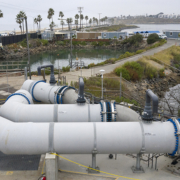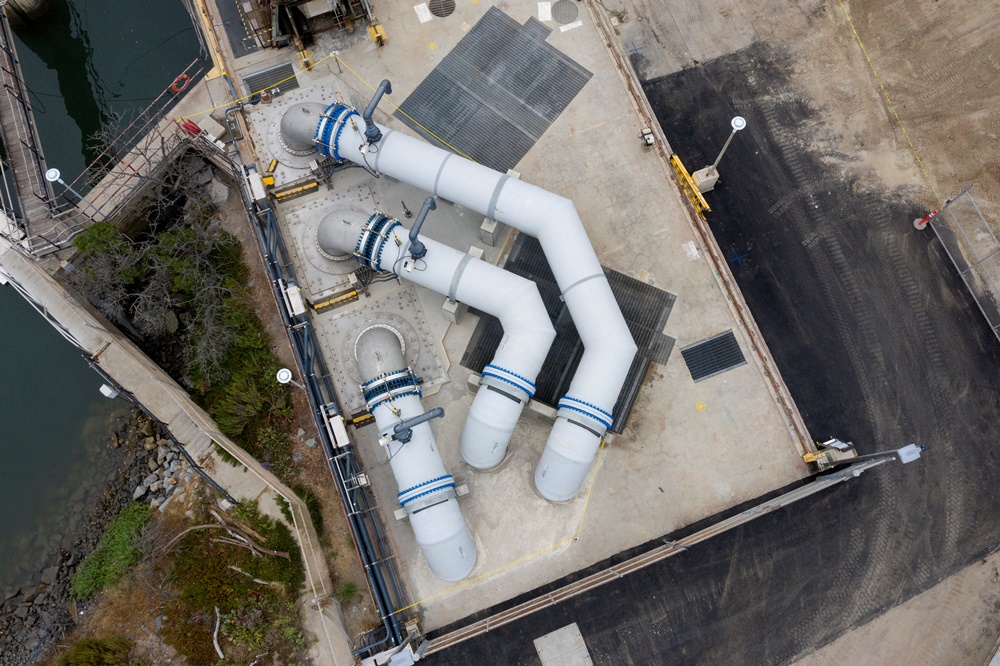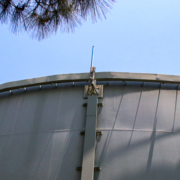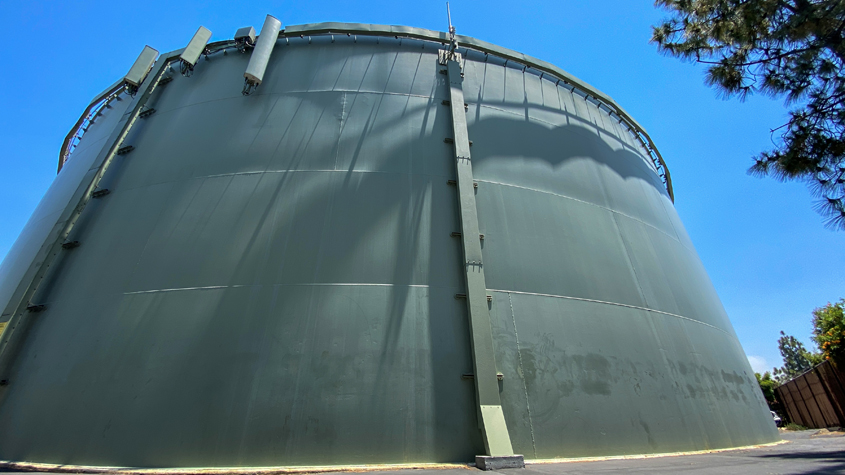Final Judgment Entered in Favor of Water Authority in 2010-2012 Rate Litigation
A Superior Court judge has awarded the San Diego County Water Authority $44,373,872.29 in a final judgment for two cases covering rates paid by San Diego County ratepayers during calendar years 2011-2014. The award included $28,678,190.90 in damages for the Metropolitan Water District of Southern California’s breach of contract for the four years at issue, plus pre-and post-judgment interest.
The Water Authority has worked for more than a decade to resolve disputes with MWD in cases filed from 2010-2018. In February, the Water Authority’s Board of Directors voted to dismiss certain issues from the litigation after securing more than $350 million in local project subsidy benefits for the San Diego region, beginning late last year. In doing so, the Water Authority also acknowledged the MWD Board action to stop imposing the district’s Water Stewardship Rate as a charge for transporting the Water Authority’s independent water supplies through MWD facilities, thus resolving for now that issue in future rate years. Consistent with the Water Authority Board’s direction, its attorneys are taking the steps necessary to narrow the litigation and have recently dismissed one case in its entirety.
“Entry of final judgment caps a 10-year effort by the Water Authority Board of Directors on behalf of San Diego County ratepayers, proving once again our region is stronger together in charting our water future,” said Jim Madaffer, chair of the Water Authority’s Board of Directors. “While the damages and interest award is important, the entry of judgment will also help avoid future overcharges and thereby minimize future disputes based on rulings by the Court of Appeal.”
As the lawsuits continue to wind down, the Water Authority is working collaboratively with MWD member agencies across the district’s six-county service area to update MWD’s long-term water resource and financial planning. MWD’s Integrated Resources Plan, or IRP, will be its roadmap for the future, factoring in updated data and plans by many MWD member agencies to develop local water supplies such as the Water Authority and its member agencies have done over the past two decades and will continue to do in the future.
In its judgment, the San Francisco Superior Court:
- Determined that MWD breached the Exchange Agreement by including its Water Stewardship Rate in the transportation rates it charged to the Water Authority. Damages for the four years at issue are awarded in the amount of $28,678,190.90, plus pre- and post-judgment interest, bringing the grand total for these four years to almost $45 million. Such improper charges on the Exchange Agreement, if they had continued from MWD, would have cost San Diego County residents more than $500 million over the life of the Water Authority’s water delivery contract with MWD.
- Acknowledged the required increase in the Water Authority’s preferential rights to MWD water by approximately 100,000 acre-feet a year, equivalent to about twice the annual production of the $1 billion Carlsbad Desalination Project. MWD had earlier complied with the appellate court ruling to this effect and corrected its records accordingly.
- Confirmed that MWD had illegally barred the Water Authority from MWD’s demand management programs by the inclusion of an unlawful contract provision. MWD lifted the ban in response to the Court of Appeal ruling and has since that time approved nearly $500 million for water supply projects in San Diego County. The initial approvals of $350 million beginning late last year increased with the MWD Board’s approval in June of two more projects totaling an additional more than $115 million.
- Granted declaratory relief that 1) the inclusion of the Water Stewardship Rate in MWD’s published wheeling rate and under the Exchange Agreement is unlawful and invalid; and 2) MWD’s “Rate Structure Integrity” clause barring the Water Authority from receiving demand management program benefits is invalid and unenforceable as an unconstitutional condition.
- Ordered that a preemptory writ of mandate would issue, commanding MWD to enact only legal wheeling and transportation rates in the future.
The Court will retain continuing jurisdiction over the cases. A hearing will be held later this year to determine the prevailing party’s right to recover attorneys’ fees and costs.
With a judgment issued in the first two cases, the Water Authority is also working to narrow the scope of the remaining 2014, 2016 and 2018 cases (a 2017 case has already been dismissed).
“Like most court proceedings, it will take a little time to work through all the details,” said Water Authority Board Secretary Christy Guerin, who led the most recent litigation settlement efforts for the agency. “We recognize that MWD is at an important crossroads, and we look forward to working with the other MWD member agencies on charting a future course to ensure both a reliable Southern California water supply and MWD’s fiscal sustainability.”
Click here for more information about the rate case litigation, including the final judgment in the 2010 and 2012 cases.

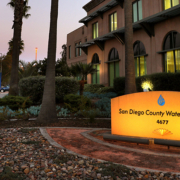

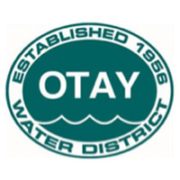
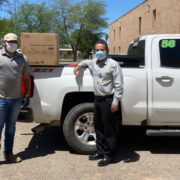
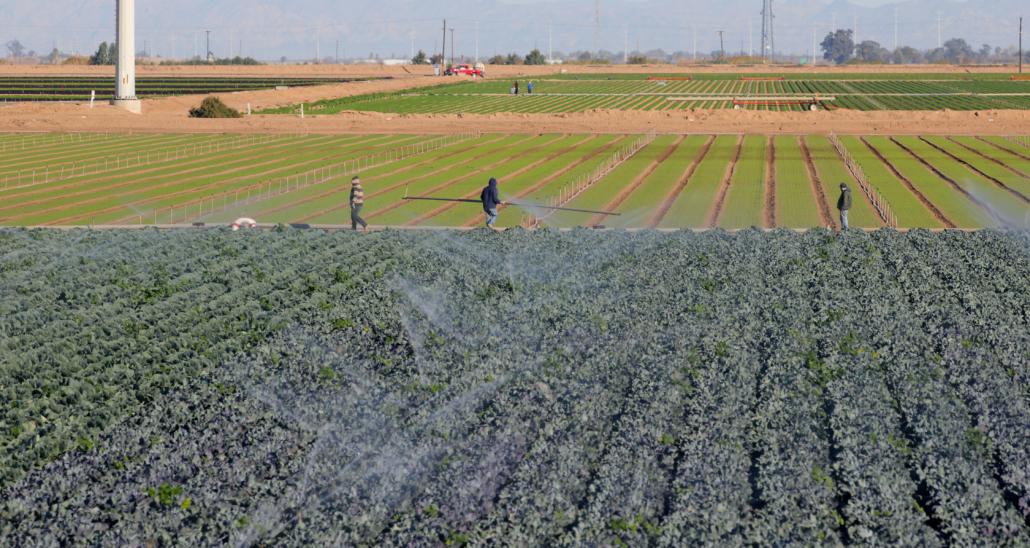
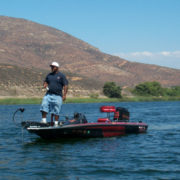
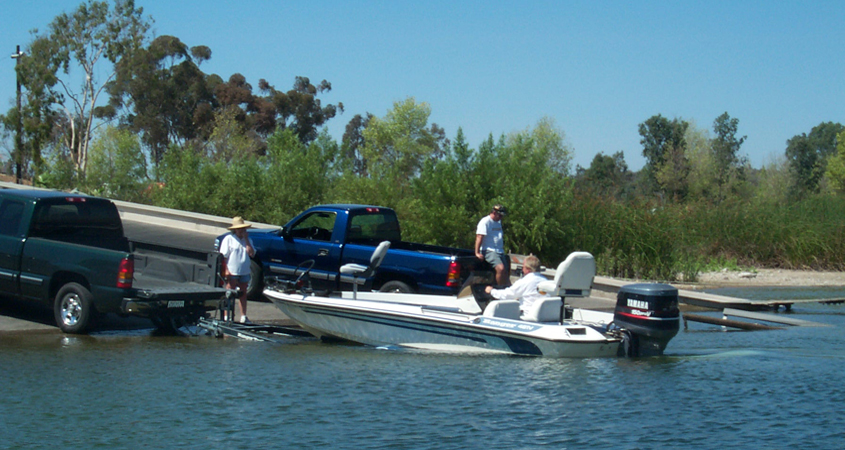
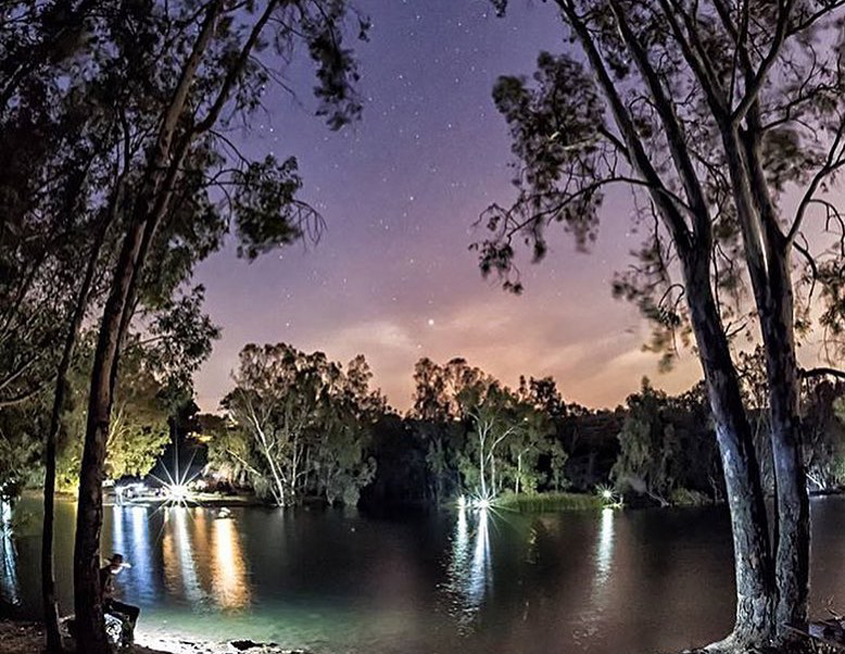
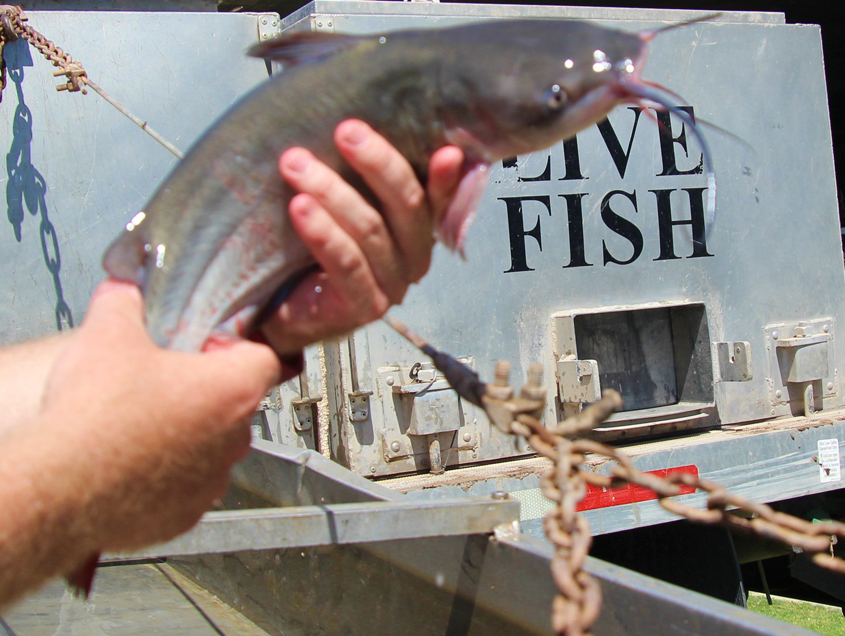
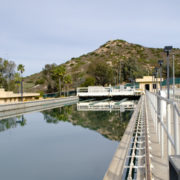

 Sweetwater Authority Logo 2019
Sweetwater Authority Logo 2019